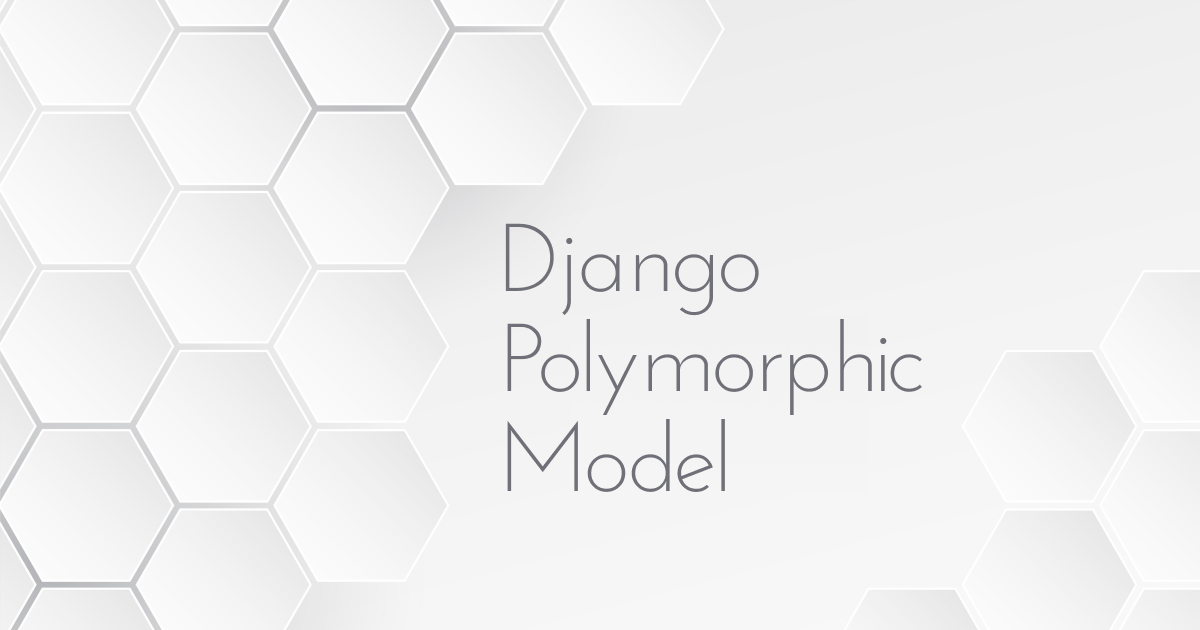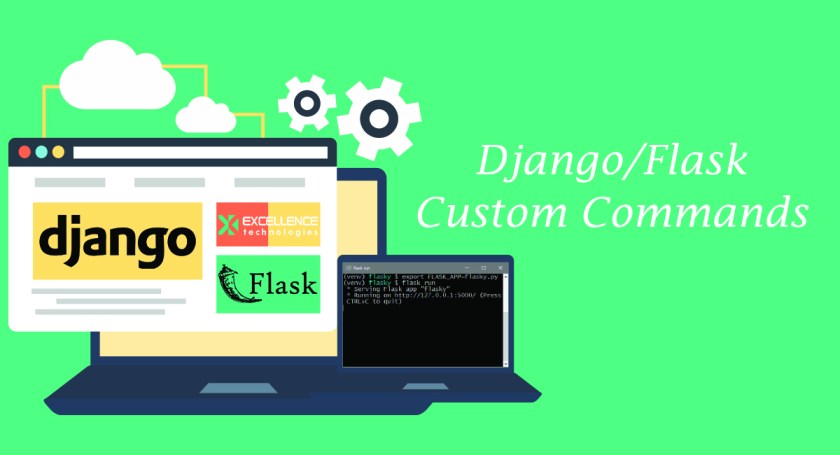

Custom commands or what many have come to know as management commands or utility commands are one of the essential features that are provided by python frameworks. These commands are quite useful when performing tasks that requires a lot of different methods to complete the task.
so in this blog we will see how to implement fcm or Firebase Cloud Messaging services.
Till now we are seen basics of models, views, serializes everything. But the most important aspect of any project is the database operations.
In this blog post we will some db operations which were used a in a live project and get more in-depth knowledge of things.
In this part we will look how to customize admin interface
In this blog post we will see about groups/permissions.
In this part we will see about authentication for api
This is one the exciting features of DRF let’s see what it is.
In this blog post we will see more details on View Class and also router.
In this part we will see about “Views” with DRF
Let’s get started with django rest api framework as we saw in the last blog.
In this post we will mainly see about django model and database operations
In previous blog we saw just basics of django and should have understood basics of apps, routes, model at-least theoretically.
In this tutorial we will see how to use django in our projects and mainly we will focus this towards REST API’s
Recent Posts
Categories
- advanced
- angular
- angularjs
- back-end-amp-database
- beginner
- blockchain
- cloud-infra-and-dev-ops
- deep-learning
- devops
- directives
- django
- ec2
- ecommerce
- express
- flutter
- general
- graphql
- ionic-framework
- machine-learning
- magento
- mean-stack
- mobile-apps
- mongodb
- mongoose
- nlp
- nodejs
- phonegap
- python
- react
- react-native
- responsive
- responsive-design
- socket.io
- uncategorized
- vuejs
- web-application
